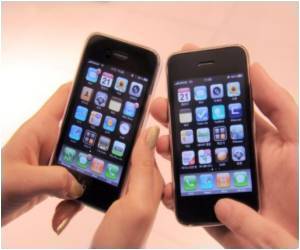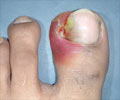Our fingernails have ridges lengthwise on them, but have we ever wondered why?

According to Dr. Phoebe Rich, M.D., FAAD, clinical adjunct professor of dermatology at Oregon Health Science University, there are many reasons for ridged nails but the most common is aging, the Huffington Post reported.
She said that with age the nail matrix becomes atrophied in areas resulting in longitudinal ridging of nails.
Jessica Krant, M.D., a fellow of the American Academy of Dermatology and assistant clinical professor of dermatology at SUNY Downstate Medical Center, agrees saying that lengthwise ridges, if they are evenly spaced over the whole nail, are common and harmless, and generally associated with normal aging and the nail's increasing inability to retain moisture.
She said that sometimes it can be a sign of lack of certain vitamins or poor nutrition.
Vertical ridges can also be caused by nail injury and certain diseases, including rheumatoid arthritis, according to Rich.
Advertisement
Another caveat: If the ridges have appeared and grown more pronounced very quickly or over a short period of time, they could be a sign of a very rare condition called lichen planus, which often also causes skin rash.
Advertisement
Since the ridge is the thinnest spot on the nail, it can split and buffing only exacerbates that.
Instead, Krant suggests moisturizing the nail throughout the day with a thick lotion or petroleum jelly, paying close attention to the cuticle.
Meanwhile, horizontal ridges are more likely to signal a problem. One condition, Beau's lines, is characterized by indentations across the nail bed that are a sign of disrupted growth due to illness.
Conditions associated with Beau's lines include uncontrolled diabetes and peripheral vascular disease, as well as illnesses associated with a high fever, such as scarlet fever, measles, mumps and pneumonia.
Beau's lines can also be a sign of zinc deficiency.
While a single instance of a horizontal ridge could just be a sign of a time the body was fighting off illness, recurrent horizontal ridges might point to a chronic disease.
Source-ANI











